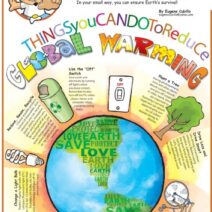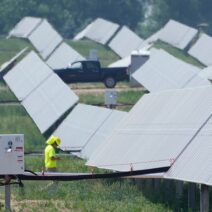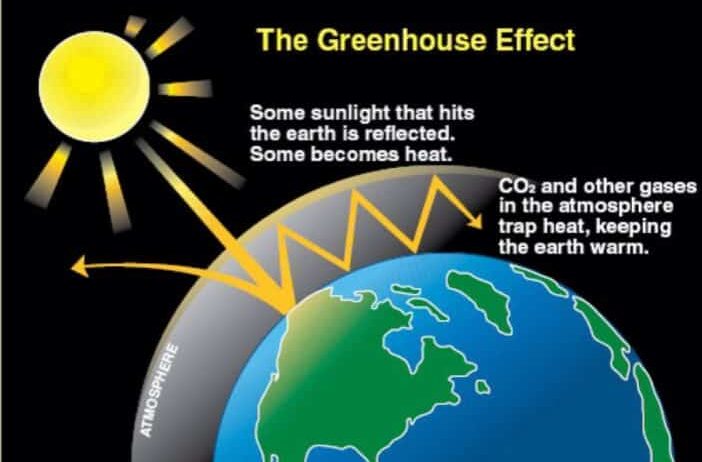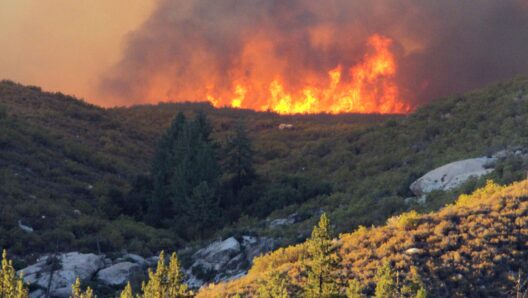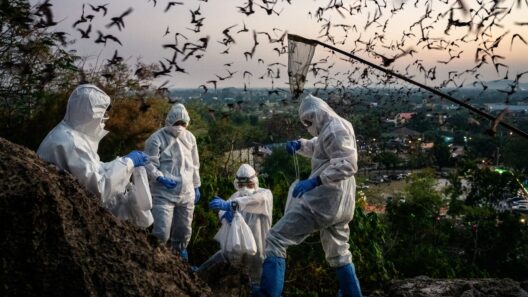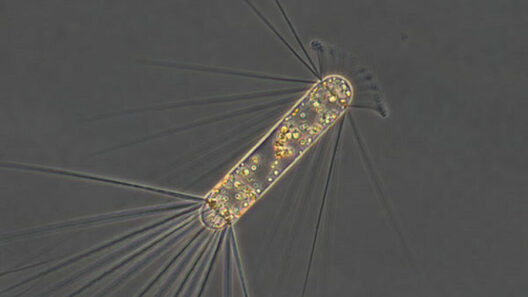The Earth is often described as a warm blanket, a metaphor that captures the nurturing yet precarious balance of our atmosphere. This blanket, however, is undergoing significant changes due to human activities. The enhanced greenhouse effect is a phenomenon that has garnered both attention and concern, as it fundamentally alters the very fabric of our planet’s climate. To comprehend this issue, one must first understand the natural greenhouse effect, which is vital for life on Earth.
In simple terms, the greenhouse effect occurs when the sun’s energy reaches the Earth’s surface. Some of this energy is absorbed, warming the planet, while the rest is reflected back into space. Greenhouse gases (GHGs) such as carbon dioxide (CO2), methane (CH4), and nitrous oxide (N2O) trap some of this outgoing energy, ensuring that the Earth maintains a habitable temperature. This natural regulatory mechanism allows for conditions conducive to life, creating a delicate equilibrium that supports ecosystems across the globe.
However, since the industrial revolution, anthropogenic activities have significantly increased the concentration of these gases in the atmosphere. Burning fossil fuels for energy, deforestation, and industrial processes have led to an unprecedented accumulation of GHGs. This escalation has exacerbated the greenhouse effect, leading to what is now referred to as the enhanced greenhouse effect. This intensification is reminiscent of an overzealous blanket, too thick to allow for adequate cooling.
The impact of the enhanced greenhouse effect is multifaceted and profound. One of the most conspicuous consequences is the rise in global mean temperatures. According to climate scientists, the Earth’s average temperature has increased by approximately 1.2 degrees Celsius since the late 19th century. This seemingly minor rise belies its catastrophic consequences; even a fraction of a degree can lead to severe weather patterns, melting ice caps, and biodiversity loss.
One of the critical observations surrounding global warming is the increase in extreme weather events. As the atmosphere warms, it becomes increasingly capable of holding moisture, resulting in more intense rainfall and flooding in some regions, while causing droughts in others. These shifts not only endanger human life but also exacerbate food security issues and strain resources. The somber reality is that millions are already grappling with the fallout from climate change, manifesting in environmental degradation and socio-economic challenges.
The oceans, too, are feeling the effects of an enhanced greenhouse effect. Oceanic temperatures are on the rise, creating a ripple effect on marine ecosystems. Coral reefs, often called the “rainforests of the sea,” are particularly vulnerable. Coral bleaching, driven by warmer waters and acidification from increased CO2 levels, is decimating these vital ecosystems, impacting not only marine biodiversity but also the livelihoods of communities dependent on fishing and tourism.
The ramifications of climate change extend to the terrestrial realm as well. Melting glaciers and polar ice caps contribute to rising sea levels, threatening coastal cities and island nations. It is estimated that by 2100, sea levels could rise by more than a meter, displacing millions and creating climate refugees. The interconnectedness of ecosystems and human systems amplifies these challenges, making it imperative for global cooperation in addressing this existential crisis.
But the question remains: what drives our fascination with the greenhouse effect and climate change? One possible explanation is the juxtaposition of nature’s beauty and our destructive tendencies. It is a glaring contradiction that humanity, with its remarkable innovations, can also perpetrate actions that threaten the very existence of our planet’s ecosystems. This dissonance compels a deeper introspection about our role and responsibilities as stewards of Earth.
Moreover, the stunning visuals and poignant narratives of climate change resonate deeply within us. The haunting images of melting glaciers, wildfires consuming forests, and the stark realities faced by vulnerable populations resonate on an emotional level. Visual storytelling has become an essential vehicle for advocacy, prompting societal awakening and motivating action toward climate resilience and sustainability.
Addressing the enhanced greenhouse effect necessitates a multifaceted approach. Transitioning to renewable energy sources is paramount. Solar, wind, and hydropower present viable alternatives to fossil fuels, providing cleaner energy and reducing greenhouse gas emissions. Innovations in technology, such as carbon capture and storage, also offer potential pathways to curb emissions from industrial processes.
Additionally, reforestation and afforestation initiatives can play a pivotal role in sequestering CO2 from the atmosphere. Healthy forests act as carbon sinks, absorbing and storing carbon over long periods. Protecting existing forests and enhancing biodiversity should be prioritized to combat the adverse effects of climate change.
Collective action is essential in reversing the trajectory of the enhanced greenhouse effect. Policymakers, businesses, and individuals must unite in prioritizing sustainable practices and advocating for policies that promote environmental stewardship. The transition may be challenging, but it is vital for the health of our planet and future generations.
In conclusion, the enhanced greenhouse effect is not merely a scientific concept; it is a critical reality that demands our attention and action. The warming of our planet signifies more than rising temperatures; it reflects a broader narrative of humanity’s relationship with nature. By fostering an understanding of this complex issue, embracing innovative solutions, and engaging in collective action, we can pave the way toward a sustainable future. The question we must all grapple with is not just about how we heat our world, but also about how we can protect it.

